Understanding Flea Allergy Dermatitis in Pets
A single flea bite can set off weeks of misery for a sensitive pet. Dogs may chew their tails raw, while cats overgroom until bald patches appear. The constant itch leads to sleepless nights for pets and owners alike. With same-day appointments and a focus on gentle, stress-free handling, Oliver Animal Hospital in Austin, TX, helps families manage flea allergy dermatitis with treatment plans tailored to each pet’s needs.
Understanding How Flea Allergy Dermatitis Impacts Pets
What is Flea Allergy Dermatitis?
Flea allergy dermatitis (FAD) is one of the most common skin conditions in pets. Unlike a simple flea bite that causes minor irritation, FAD is a hypersensitive immune response to proteins in flea saliva. When a flea feeds, it injects saliva containing anticoagulants. In sensitized pets, this triggers an intense allergic reaction that can persist long after the flea has gone.
The mechanism is similar in dogs and cats. Flea allergy dermatitis in dogs and cats occurs when the immune system overreacts to these proteins, creating inflammation far beyond the bite site. Even pets in clean homes can develop severe reactions from minimal exposure.
Recognizing Symptoms and Signs of Flea Allergy Dermatitis
The hallmark of FAD is intense, relentless itching that seems disproportionate to the number of fleas seen. Itching (pruritus) often appears as frantic scratching, biting, and restlessness that disrupts sleep. Dogs typically have the worst lesions at the base of the tail, lower back, and hind legs, often forming hot spots where they’ve chewed the skin raw.
Cats show different patterns. Flea allergy in cats often presents as overgrooming with symmetrical hair loss on the belly, inner thighs, and lower back. Cats may develop small, crusty bumps called miliary dermatitis that feel like tiny scabs.
Both dogs and cats can develop secondary bacterial infections from scratching, which complicates treatment. Red, inflamed skin, hair loss, and thickening from chronic irritation signal that the condition requires professional care.
Causes and Risk Factors of Flea Allergy Dermatitis in Pets
How Fleas Trigger Big Reactions
A single flea bite can spark weeks of intense itching in a sensitized pet. Fleas inject saliva multiple times while feeding. Allergic pets react to even microscopic amounts of these proteins.
Fleas complete their lifecycle in as little as two weeks under ideal conditions. Adult fleas make up only about 5% of the population; the other 95% are eggs, larvae, and pupae in carpets, furniture, and outdoor areas. That hidden population means you might see few or no adult fleas while your pet still reacts.
Identifying Risk Factors for FAD in Pets
Warm, humid climates support year-round fleas, increasing exposure- and Austin has perfect flea weather. Pets with outdoor access face higher risk, though indoor pets can be affected since fleas can ride in on clothing, other animals, or through open doors.
Age and genetics also play roles. Young pets may develop sensitivities after repeated exposure; older pets may have established allergies that worsen with time. The best defense is consistent year-round parasite prevention.
Prevention Strategies for FAD in Pets
Regular Grooming and Hygiene for Pets
Consistent grooming is a first line of defense. Regular grooming helps detect fleas early, before populations establish and allergic reactions escalate. Look for flea dirt, small black specks that turn reddish-brown when moistened.
Weekly brushing with a fine-toothed flea comb can remove adult fleas and alert you to issues. Focus on the base of the tail, behind the ears, and under the legs. Regular bathing with appropriate pet shampoos can soothe skin and remove fleas, though bathing alone won’t prevent infestations.
Effective Flea Control and Prevention
Effective control treats both your pet and the environment. Modern preventatives kill fleas quickly, reducing bites and saliva exposure. Year-round parasite prevention is crucial for allergic pets who react to minimal exposure.
For the environment:
- Vacuum carpets, upholstery, and pet bedding regularly, especially where pets rest.
- Wash pet bedding weekly in hot water.
- Treat outdoor areas your pet frequents to reduce the environmental burden.
Treatment Options for FAD in Pets
Comprehensive Veterinary Care and Medications for FAD
FAD requires comprehensive care targeting the allergy and any complications. Oliver Animal Hospital’s services include thorough skin exams and customized treatment protocols tailored to each pet.
Therapies may include:
- Topical treatments for fast itch relief and antimicrobial support.
- Oral medications such as antihistamines, corticosteroids, or newer immunomodulators to control inflammation and itch.
- Medicated shampoos or sprays to soothe skin and manage secondary infections.
- Injectable treatments for severe cases or when pills are difficult to give.
The goal is immediate relief plus long-term control.
Home Care and Management Strategies for Flea Prevention
Home care plays a key role in recovery and in reducing the chance of future flare-ups. Keeping your pet’s environment clean and stable, free from known irritants, helps minimize allergic reactions. Using consistent preventatives and working to identify specific triggers can go a long way in supporting your pet’s long-term health and comfort.
Consider these helpful steps:
- Cool compresses for temporary itch relief on inflamed areas.
- Protective clothing or cone collars to prevent self-trauma during flare-ups.
- Maintain comfortable indoor humidity and consider air purifiers to limit other irritants that can compound skin sensitivity.
Partnering With Your Veterinarian for Long-Term Relief
Strategies for Long-term FAD Management for Pets
FAD is typically managed, not cured. Regular check-ups allow your vet to monitor progress and adjust protocols as needed. Oliver Animal Hospital’s wellness care programs prioritize prevention and early intervention to keep flare-ups under control.
A long-term relationship with your veterinary team ensures continuity of care and familiarity with your pet’s triggers, enabling faster, more effective responses during flare-ups.
Building a Strong Relationship with Your Vet
Caring for an uncomfortable, itchy pet is stressful. A compassionate, experienced veterinary team supports your family medically and emotionally. Share observations about scratching patterns, new hotspots, sleep disruptions, and response to treatments. Your input helps fine-tune your pet’s plan.
Same-day appointments and experienced staff can prevent minor issues from becoming major complications. Keep contact information for Oliver Animal Hospital handy for questions or concerns.
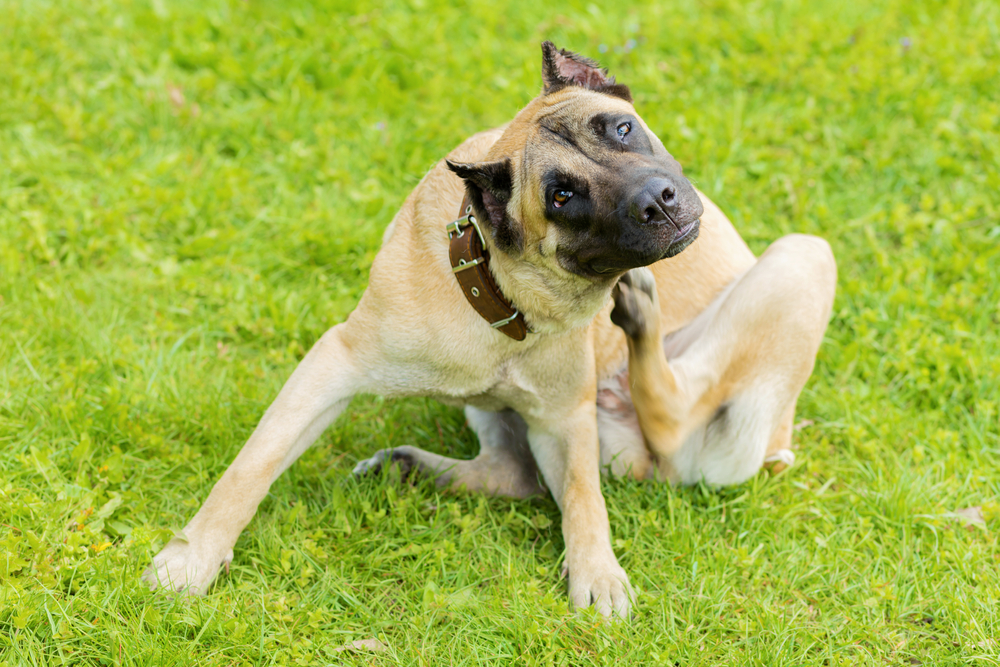
Taking Action for Your Pet’s Comfort at Oliver Animal Hospital
Flea allergy dermatitis doesn’t have to mean a lifetime of suffering. Early recognition plus comprehensive prevention and treatment can restore comfort and peace of mind.
If your pet shows excessive scratching, hair loss, or skin irritation that seems disproportionate to visible fleas, seek professional evaluation. Secondary infections, raw or bleeding skin, or behavior changes from constant itching require prompt attention. Oliver Animal Hospital’s diagnostic capabilities and treatment options provide comprehensive care for immediate symptoms and long-term management. Request an appointment online or call us at (512) 892-1000 today to create a personalized plan that gets your pet back to comfortable, itch-free living.


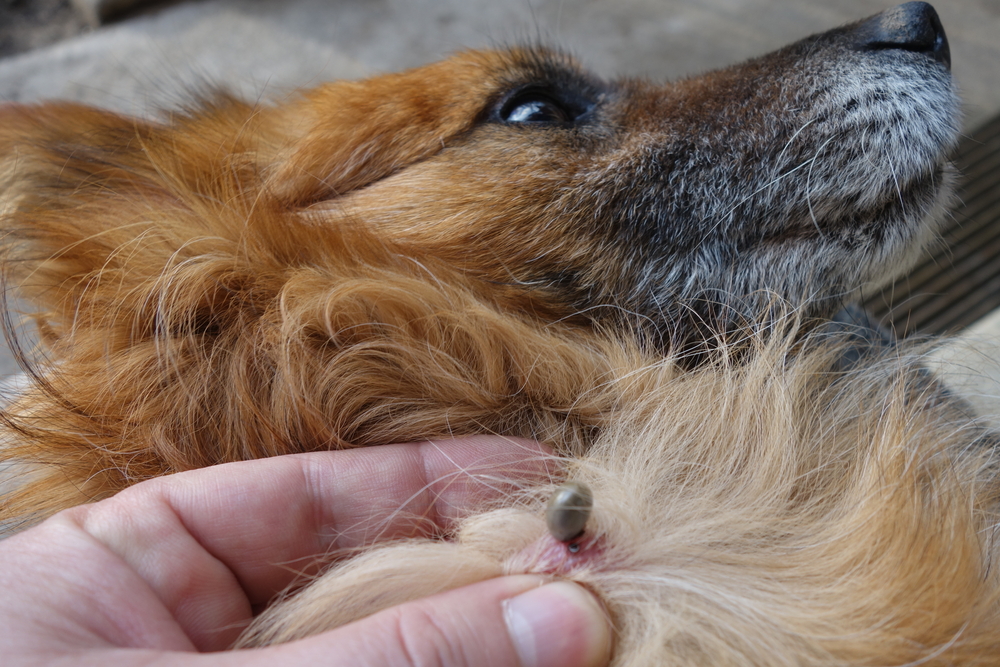
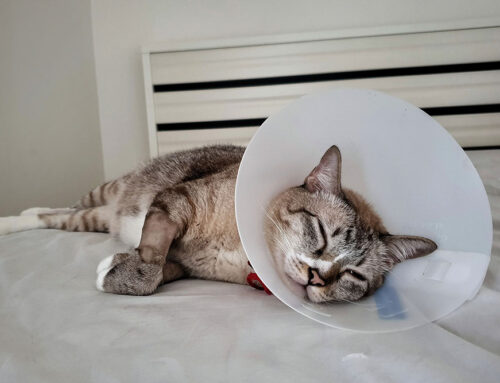

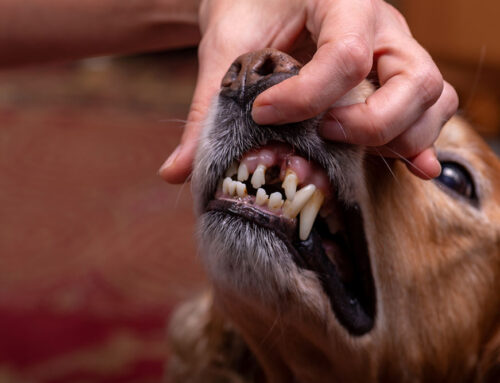
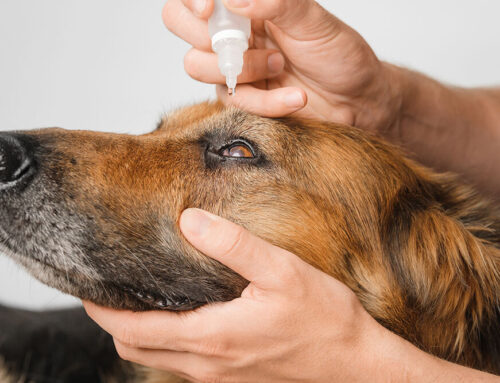
Leave A Comment